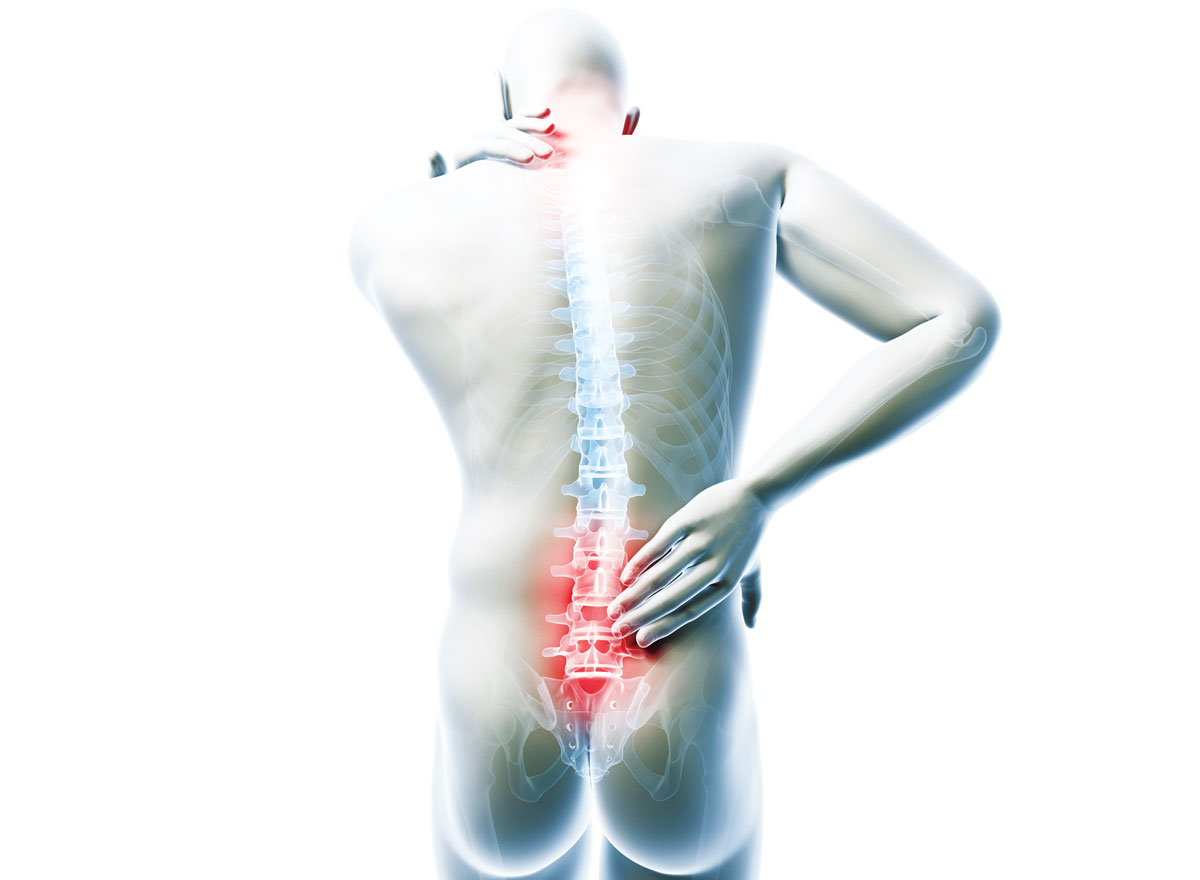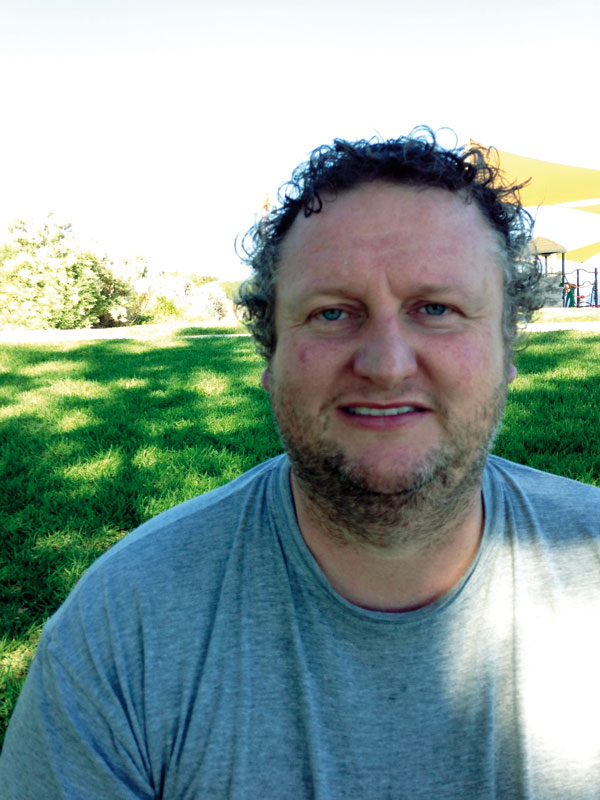 Neuroablative treatment for the management of chronic pain conditions may be defined as the use of techniques in order to damage or temporarily impair neurological structures in order to facilitate the improvement of pain.
Neuroablative treatment for the management of chronic pain conditions may be defined as the use of techniques in order to damage or temporarily impair neurological structures in order to facilitate the improvement of pain.

Neuroablation has been employed commonly in chronic pain for the denervation of joints, especially spinal facet joints and neuralgias (e.g., occipital suprascapular). Trigeminal radiofrequency gangliotomy can treat trigeminal neuralgia and larger joints can also be targets of radiofrequency (e.g. hips, shoulders).
Radiofrequencies can be achieved via heat (radio waves to cause local tissue heating), cold (carbon dioxide or other gases to achieve a refrigeration effect) or techniques involving electrical pulses such as pulsed radiofrequency rhizotomy.
Side effects include post-operative pain flare-up, neural damage and general complications of the procedure, such as, bleeding and infection.
A radiofrequency is typically performed in facetal pain (facet arthropathy). Ideally the diagnosis should be established with prior steroid injections to see if the patient experiences a temporary recovery. Injections without steroids are possible but improvement is typically less and the effects more difficult to recognise.
Once diagnosis is established and there is recurrence of pain after the initial injections, the patient can either have repeated injections of steroid into the facets (if a long response), or be a candidate for a facet rhizotomy. Lumbar facets are the most commonly performed.
The aim of the facet rhizotomy is to denervate the facet. The patient can have the procedure performed under a local anaesthetic although I believe, for humane reasons; it is best performed with sedation.
Facet rhizotomies typically have a 70-80% success rate in eliminating facet related pain if the diagnosis is correct.
The target of the lesion is a medial branch. A needle was placed on this branch and an image intensifier (or CT) used to confirm the position. It is essential to perform a lateral radiograph to ensure the needle has not transgressed forward and is near the spinal nerve. Once the needle has been accurately placed, a lesion can be performed.
Lumbar thermal rhizotomies associate with an 80% improvement with the majority of cases lasting at least six months and many lasting over a year. In one series the average duration of improvements following thermal rhizotomies, was around 18 months.
Pulsed radiofrequency rhizotomies are also effective in the lumbar spine but, typically, have a much shorter duration of onset. They are associated with a significantly less incidence of post-operative flare-up. When comparing patients treated with thermal versus pulsed radiofrequency, I found that the incidence of significant flare-up, causing patient distress, was around 5-10% (thermal) and fewer than 5% (pulsed).
Given, that pulsed radiofrequency rhizotomies involve a smaller lesion and that the chances of getting a response at six months was significantly less (around 30-40%), my feeling is that pulsed radiofrequency rhizotomies should only be performed if there is a significant chance that patients will have a flare-up with a thermal one based on previous observed pain behaviours.
Cervical cryo-rhizotomies can also be effective. They have a lesser incidence of flare-up than thermal rhizotomies but also tend to work for slightly less time although most work beyond six months.
The cervical spine has the additional potential complications of the spinal cord and a higher potential risk of vascular injuries causing impairment to cord blood supply. I will often adopt a pulsed radiofrequency rhizotomy in the first instance in preference to thermal, as they are certainly safer.
As lesions are potentially smaller in the cervical spine, I believe there is a higher success rate. The chances of getting an improvement at six months for a cervical rhizotomy are around 70% versus around 30% for a lumbar rhizotomy.
Neuroablative procedures are a safe option for treatment of pain. Typically, facet joints have been the major targets treated but there are also now very effective techniques whereby rhizotomies can be performed on the knee the hip and shoulder joint. In addition to these, other joints may also be targeted and neuroablative procedures can be applied also to various peripheral neural structures, such as the occipital nerve and the suprascapular nerve.
If considering whether or not neuroablative procedures are appropriate, consult with a pain specialist.
Key messages
- Neuroablation can be valuable in managing degenerative joint pain
- It must be considered in the overall context of patient management
- Steroid blocks may be helpful in working up these patients
References available on request.
Questions? Contact the editor.
Author competing interests: nil
Disclaimer: Please note, this website is not a substitute for independent professional advice. Nothing contained in this website is intended to be used as medical advice and it is not intended to be used to diagnose, treat, cure or prevent any disease, nor should it be used for therapeutic purposes or as a substitute for your own health professional’s advice. Opinions expressed at this website do not necessarily reflect those of Medical Forum magazine. Medical Forum makes no warranties about any of the content of this website, nor any representations or undertakings about any content of any other website referred to, or accessible, through this website.

